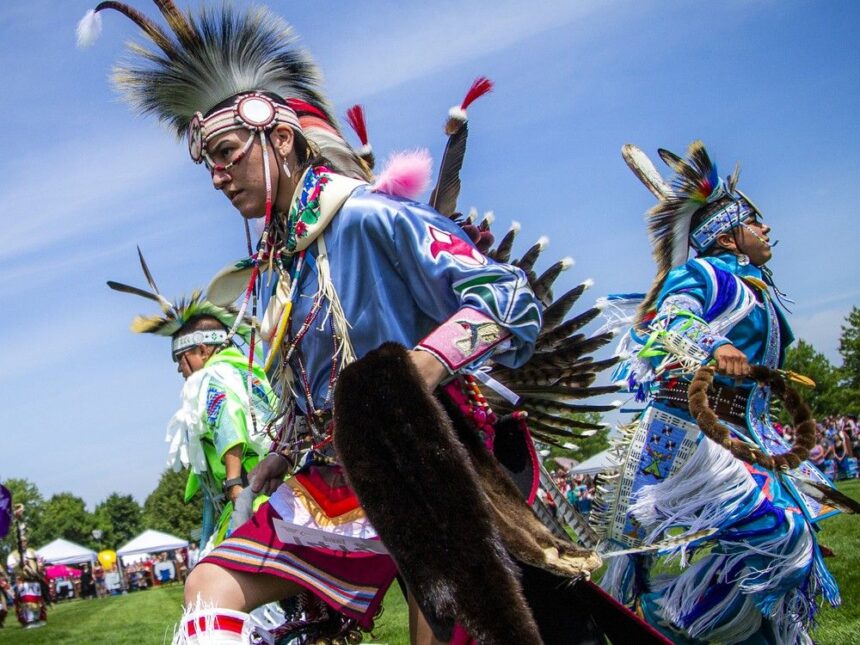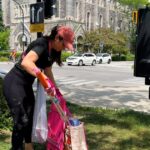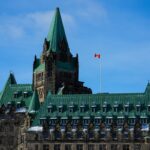As I sifted through the latest polling data on reconciliation attitudes across Canada, something became clear: we’re witnessing a subtle but meaningful shift in how everyday Canadians view our relationship with Indigenous peoples. The journey remains complicated, but the needle is moving.
A decade after the Truth and Reconciliation Commission released its final report, new research from the Angus Reid Institute shows Canadians increasingly recognize the historical injustices faced by Indigenous communities. Nearly 63% of respondents now acknowledge the devastating impacts of residential schools on Indigenous communities – up from 54% in similar polling conducted in 2015.
“We’re seeing a gradual awakening in public consciousness,” explains Dr. Pamela Wilson, Indigenous policy researcher at Carleton University. “The conversation has evolved from whether these harms occurred to understanding their ongoing consequences in communities today.”
This shift coincides with several high-profile developments, including the discovery of unmarked graves at former residential school sites beginning in 2021, which sparked national mourning and renewed calls for government accountability.
Walking through Byward Market last weekend, I spoke with Ottawa resident Marie Cleroux, who reflected on how her understanding has evolved. “Ten years ago, I might have thought this was all in the past. Now I understand better how those policies created problems that continue today,” she told me while waiting for her morning coffee.
The polling reveals regional variations that tell an important story about our national conversation. Atlantic Canada shows the strongest support for reconciliation efforts at 71%, while Alberta and Saskatchewan register the lowest levels of engagement at 46% and 49% respectively.
These regional differences often mirror political divides. In provinces where Conservative support runs strongest, enthusiasm for reconciliation initiatives tends to be more tempered. It’s a reminder that reconciliation remains, for some Canadians, entangled with partisan identity.
“When reconciliation becomes politically charged, we lose focus on the human elements of healing,” notes Raymond Thunderchild, community liaison with the First Nations Assembly of Manitoba. “This shouldn’t be about left versus right, but about acknowledging history and moving forward together.”
Perhaps most encouraging is the generational data. Among Canadians under 35, support for concrete reconciliation measures runs 22 percentage points higher than among those over 65. School curriculum changes over the past decade appear to be bearing fruit as younger Canadians demonstrate greater understanding of Indigenous histories.
The federal government has completed 17 of the Truth and Reconciliation Commission’s 94 Calls to Action, according to the Yellowhead Institute’s annual accountability report. Another 39 are in various stages of progress, while 38 remain untouched. This implementation rate has drawn criticism from Indigenous leaders who point to the gap between symbolic gestures and substantive change.
“Canadians are increasingly supportive in principle,” observes Crown-Indigenous Relations Minister Gary Anandasangaree, “but reconciliation requires more than goodwill. It demands sustained policy change and resource commitments that span multiple governments.”
One telling finding shows 58% of Canadians now support increased educational content about residential schools and colonial policies – up from 43% in 2018. However, when asked about financial compensation or land transfers, support drops to 34%.
This suggests Canadians remain more comfortable with reconciliation efforts that inform rather than those requiring material redistribution or structural change. It’s what University of Toronto political scientist Melissa Chung calls “the reconciliation comfort zone.”
“Many Canadians support learning about injustice, but hesitate when addressing it involves economic costs or policy changes that affect their lives directly,” explains Chung. “True reconciliation will eventually require moving beyond this comfort zone.”
Walking through these numbers reveals a nation still finding its way through a complex historical reckoning. The polling suggests progress is happening, if unevenly and sometimes reluctantly.
For Indigenous communities watching this gradual shift in public opinion, patience has been necessary. Elder Dorothy Mirasty from Lac La Ronge First Nation put it plainly when I interviewed her last month: “We’ve waited generations already. We’ll continue our work regardless of whether others are ready or not.”
What remains clear is that reconciliation has moved from the margins to the mainstream of Canadian consciousness over the past decade. The percentage of Canadians who believe reconciliation is “not important” has fallen from 28% to 17% since 2015.
Budget allocations tell part of the story. Federal spending on Indigenous programs has increased 63% since 2015, reaching $24.5 billion in the most recent fiscal year. Provincial governments have similarly expanded their reconciliation frameworks, though implementation remains uneven.
As we mark this ten-year milestone, the data suggests a country slowly – sometimes painfully – growing into a more mature understanding of its history. The path forward remains complicated by regional differences, political polarization, and varying levels of commitment to substantive change.
But the direction of travel matters. Ten years ago, many Canadians barely understood what reconciliation meant. Today, it has become part of our national vocabulary and consciousness – an unfinished journey, but one increasingly acknowledged as necessary.






